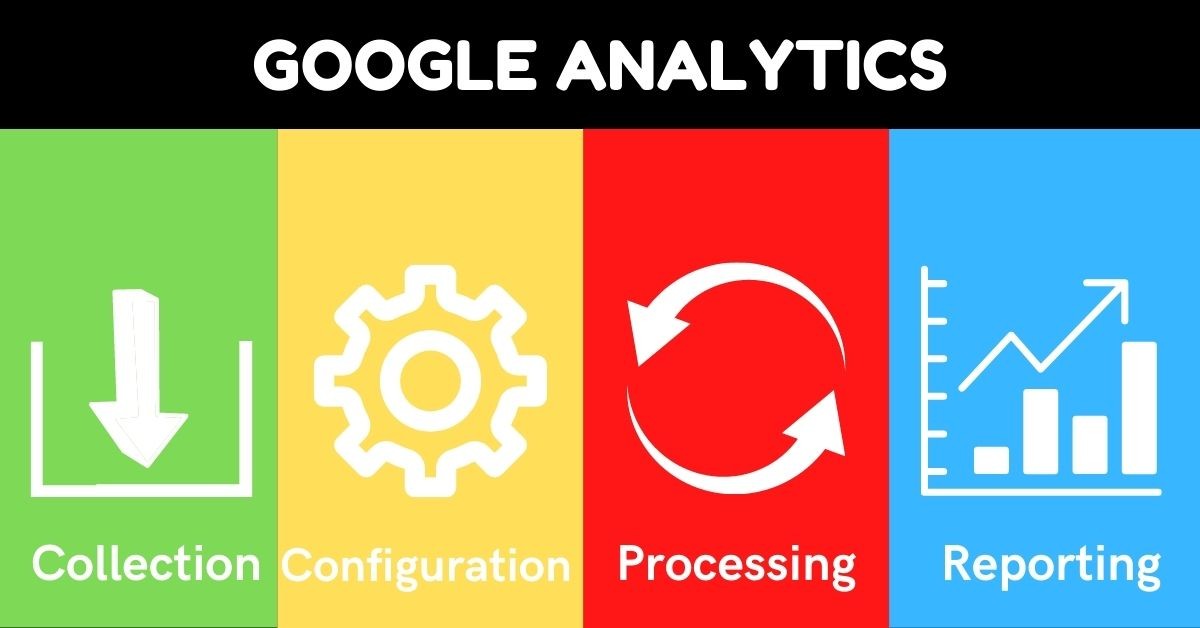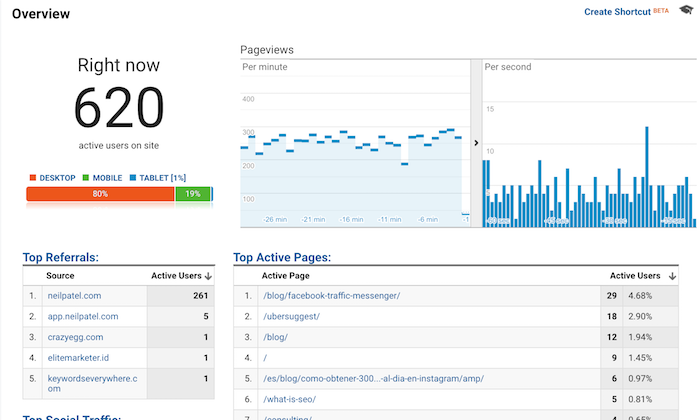Unloading the Mystery: When Does the Google Analytics Tracking Code Send an Event Hit to Analytics?
Unloading the Mystery: When Does the Google Analytics Tracking Code Send an Event Hit to Analytics?
Blog Article
Master Website Insights With Accurate Google Analytics Tracking Code
The efficient use of Google Analytics pivots on the specific application of its monitoring code, a fundamental action commonly neglected by site proprietors. What are the common mistakes that could weaken your tracking initiatives, and how can you make certain precision in your approach?
Comprehending Google Analytics Fundamentals
Google Analytics is an essential device for web site owners and marketing experts, providing important insights right into user behavior and site efficiency. At its core, Google Analytics accumulates information about visitors to a site, allowing users to assess metrics such as web traffic resources, individual engagement, and conversion prices. Comprehending these fundamentals is vital for enhancing a site's performance and enhancing user experience.
The platform employs cookies to track interactions, tape-recording data such as web page views, session periods, and bounce rates. This details is accumulated and offered via customizable control panels, enabling customers to envision fads gradually. Secret performance signs (KPIs) can be checked, such as the overall variety of customers, brand-new versus returning site visitors, and the geographical circulation of the audience.
Moreover, Google Analytics uses division attributes, enabling customers to isolate certain website traffic sources or user demographics for even more targeted evaluation. By understanding these foundational elements, site owners can make enlightened choices about content technique, marketing projects, and general site enhancements. Eventually, recognizing Google Analytics basics is essential for leveraging information to drive development and achieve organization goals successfully.
Establishing Your Tracking Code

Replicate the offered tracking code and paste it right into the HTML of your internet site. This makes sure that the monitoring code loads before any kind of various other material, permitting it to record information properly.
After installation, validate that the tracking code is operating properly by using Google Tag Aide or the Real-Time reports in Google Analytics - when does the google analytics tracking code send an event hit to analytics?. This action is necessary to validate that your information collection is energetic and exact, setting the foundation for insightful evaluation
Usual Monitoring Code Issues
Several internet site proprietors run into usual concerns with their Google Analytics tracking code that can prevent data collection and evaluation. One prevalent problem is incorrect setup. This might happen when the monitoring code is put in the wrong area of the internet site's HTML, commonly resulting in insufficient or missing information. Additionally, having multiple circumstances of the tracking code on a single page can cause inflated metrics, as user communications could be counted greater than as soon as.
An additional concern arises from making use of ad blockers, which can avoid the monitoring code from implementing altogether, therefore skewing information. when does the google analytics tracking code send an event hit to analytics?. Additionally, failing to set up filters appropriately can result in the exemption of essential web traffic resources or the incorporation of unwanted referral spam, misshaping the information accumulated
Website owners may also overlook the value of tracking code updates, particularly when moving to Google Analytics 4 (GA4) from Universal Analytics. Finally, not enough testing before releasing changes can result in unseen errors in the monitoring code, additionally complicating data reliability. Resolving these typical concerns is crucial for making certain exact tracking and informative analytics.
Analyzing Web Site Data Successfully
Exact information collection is just the primary step in leveraging Google Analytics; the real worth hinges on efficiently examining that data to drive educated decision-making. To achieve this, it is necessary to determine essential efficiency indicators (KPIs) that straighten with your business objectives. Emphasis on metrics such as conversion prices, individual involvement, and web traffic resources, as these will certainly supply insights into customer actions and the total effectiveness of your website.
Using Google Analytics' division features allows for a much deeper understanding of your target market. By breaking down information into certain demographics, habits, and web traffic networks, you can reveal fads and patterns that educate targeted techniques. Executing customized reports and dashboards can improve this process, making it possible for fast access to relevant data.
Furthermore, frequently evaluating information patterns over time assists to identify abnormalities and opportunities for enhancement. Make use of visualization devices to present information in a conveniently absorbable layout, facilitating a lot more efficient communication with stakeholders. Eventually, the capability to assess site data successfully empowers services to make calculated decisions that improve customer experience, maximize advertising initiatives, and drive development.

Ideal Practices for Accurate Tracking
Executing reliable monitoring practices is crucial for getting reputable data in Google Analytics. To make certain precise monitoring, begin by properly installing the Google Analytics tracking code on every page of your website. This can be completed via a tag manager or by directly embedding the code right into the HTML.
Next, configure your Google Analytics account to leave out inner traffic. This can be done by establishing up filters that recognize and eliminate check outs from your organization's IP address, thereby preventing skewed data. have a peek at this site Additionally, use occasion tracking to check details customer communications, such as downloads or video clip plays, which typical page views might neglect.
Consistently investigate your tracking configuration to confirm that all attributes, such as goals and ecommerce monitoring, are operating correctly. Develop a consistent identifying convention for your occasions and campaigns to assist in much easier coverage and analysis.
Finally, think about leveraging UTM criteria for projects to acquire understandings into the performance of various advertising efforts. By complying with these ideal techniques, you can boost the accuracy of your information collection and evaluation, eventually resulting in more informed decision-making for your internet site.
Conclusion
By ensuring the monitoring code blog is properly positioned and routinely investigated, website owners can capture vital user interaction information, therefore promoting the recognition of key efficiency indicators. Ultimately, a durable monitoring framework improves the capability to drive interaction and boost general internet site performance.

Not enough screening prior to launching modifications can result in unseen mistakes in the monitoring code, even more complicating information reliability.Executing effective tracking techniques is critical for getting trusted data in Google Analytics. By making certain the tracking code is appropriately put and consistently audited, web site owners can catch vital individual communication data, therefore helping with the identification of vital performance indicators.
Report this page